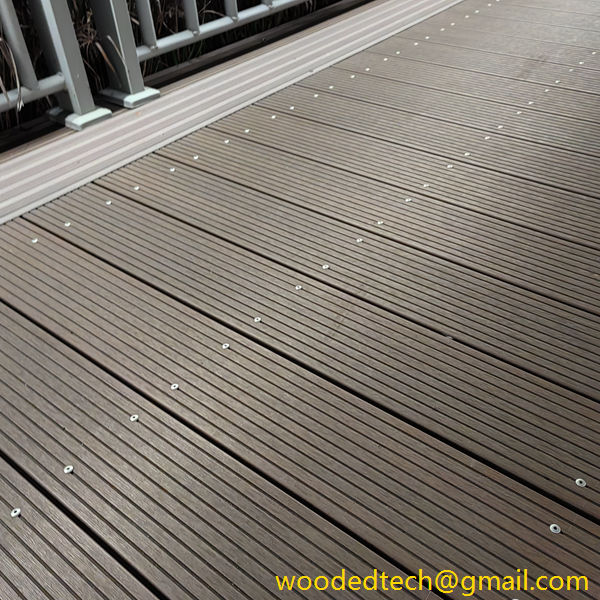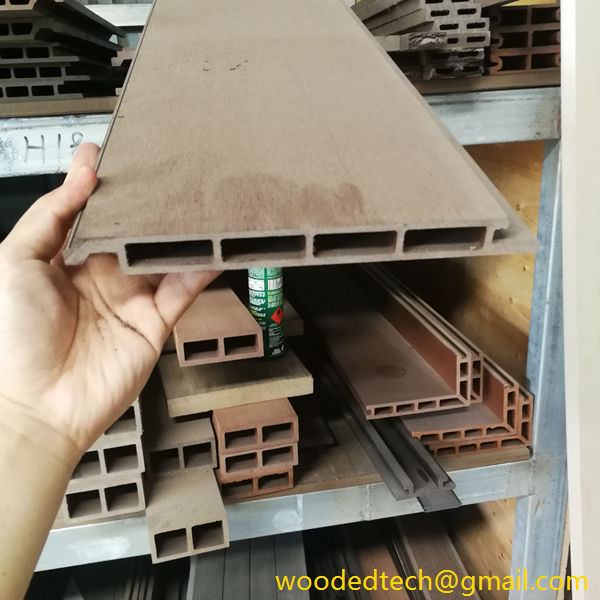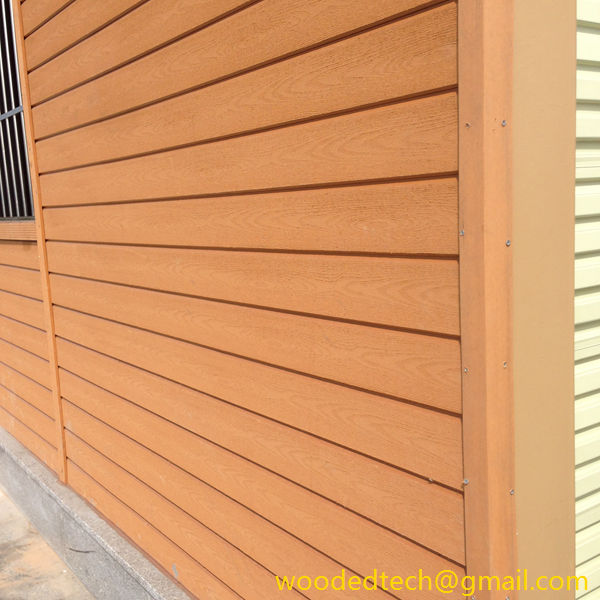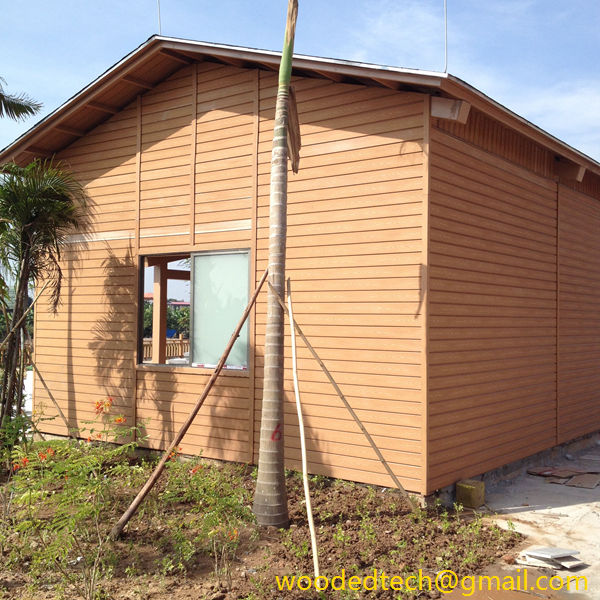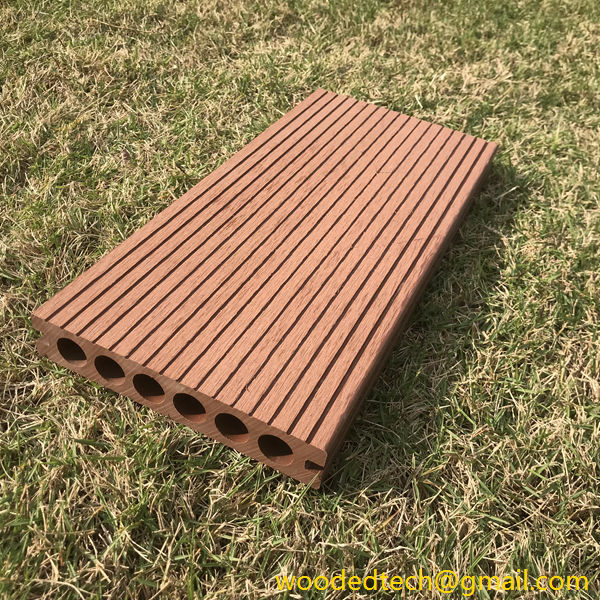Enhance Your Outdoor Area with Plastic Wood Like Decking Solutions
In recent years, the demand for outdoor living spaces has surged, leading homeowners to seek innovative and sustainable materials for their decking needs. One of the most popular solutions available today is plastic wood like decking, which combines the aesthetic appeal of traditional wood with the durability and low maintenance of modern materials. Understanding the production processes that create these decking solutions can help homeowners appreciate their value and make informed choices for their outdoor areas.
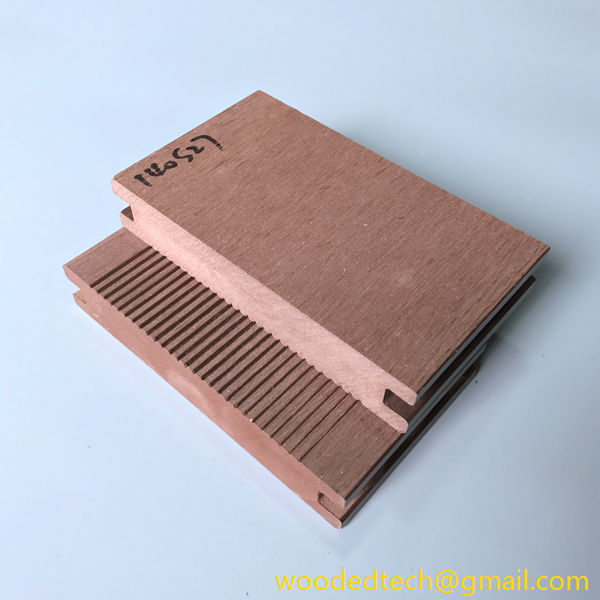
Plastic wood like decking is primarily made from a combination of recycled plastic and wood fibers. This composite material is designed to mimic the appearance of natural wood while offering enhanced resistance to the elements. The production process begins with the collection and recycling of plastic waste, which may include items such as plastic bottles, containers, and other discarded plastics. This not only helps reduce landfill waste but also gives new life to materials that would otherwise be non-biodegradable.
Once the plastic has been collected, it undergoes a thorough cleaning process to remove any contaminants. This step is crucial as it ensures that the final product maintains a high level of quality. After cleaning, the plastic is shredded into small pieces, which are then melted down and mixed with wood fibers. The wood fibers used in this process are typically sourced from sawmill residues or recycled wood products, making it an environmentally friendly option as well.
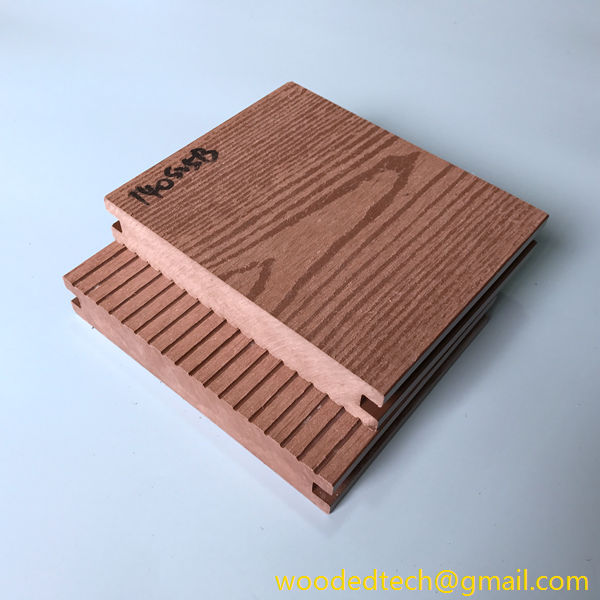
The blending of plastic and wood fibers is a critical stage in the production of plastic wood like decking. The ratio of plastic to wood can vary depending on the desired properties of the final product. Manufacturers often experiment with different ratios to achieve optimal strength, flexibility, and appearance. This blending process is carried out under controlled conditions to ensure that the materials are thoroughly mixed, resulting in a uniform composite that retains the desirable qualities of both components.
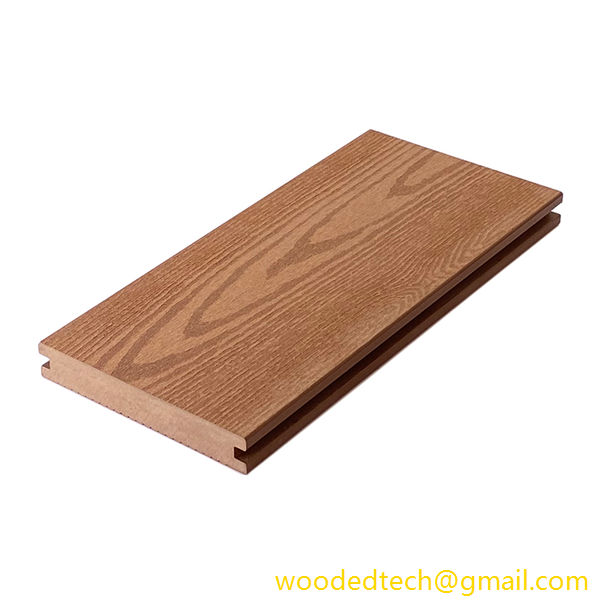
After blending, the material is extruded into various shapes and sizes, ready to be formed into decking boards. Extrusion is a manufacturing process in which the blended material is forced through a die, creating long continuous profiles. These profiles can then be cut to specific lengths and treated with various finishes to enhance their appearance and performance. For instance, some manufacturers apply a protective coating that offers additional resistance to UV rays, moisture, and mold, ensuring that the decking maintains its aesthetic appeal for years to come.
One of the significant advantages of plastic wood like decking is its low maintenance requirements. Unlike traditional wood decking, which often requires regular staining, sealing, and painting, composite decking is designed to withstand the rigors of outdoor use without extensive upkeep. Homeowners can enjoy their outdoor spaces without the burden of frequent maintenance, making it an attractive option for busy lifestyles.
Additionally, plastic wood like decking is highly durable. It is resistant to warping, splintering, and insect damage, which are common issues associated with natural wood. This durability ensures that the decking can withstand various weather conditions, from intense sunlight to heavy rainfall, without compromising its structural integrity. As a result, homeowners can invest in their outdoor spaces with confidence, knowing that their decking will stand the test of time.
Moreover, the production process of plastic wood like decking is designed with sustainability in mind. By utilizing recycled materials, manufacturers contribute to a circular economy, reducing the demand for virgin resources and minimizing environmental impact. This commitment to sustainability is increasingly important to consumers who are looking for eco-friendly options for their homes.
In conclusion, plastic wood like decking solutions offer a modern and sustainable approach to enhancing outdoor areas. The combination of recycled plastic and wood fibers creates a durable, low-maintenance product that mimics the beauty of traditional wood while providing superior performance. Understanding the production processes behind these innovative materials can help homeowners appreciate their value and make informed decisions when selecting decking solutions for their outdoor spaces. As outdoor living continues to grow in popularity, plastic wood like decking stands out as a practical and environmentally responsible choice. Embracing these solutions not only enhances the aesthetic appeal of outdoor areas but also contributes to a more sustainable future.

